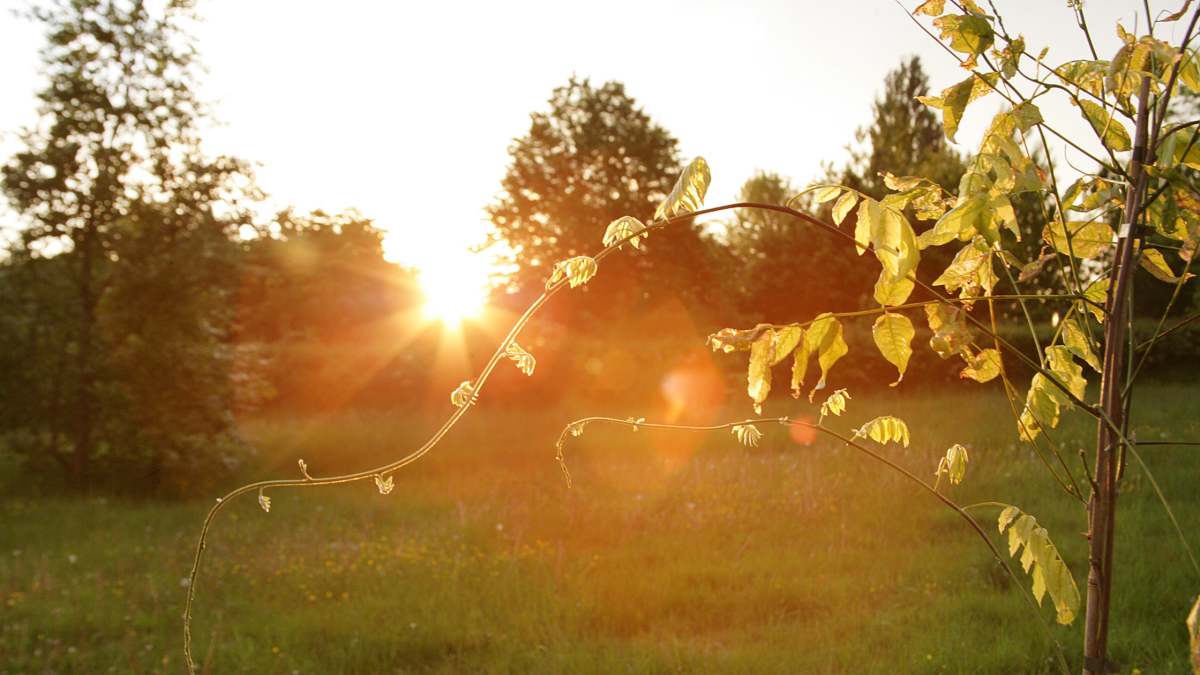
Come and explore the autumn colours in the Arboretum
Unlike the trees that we plant in the rest of the Forest which are native broadleaf species, in the Arboretum you will discover a diverse collection of trees from around the world. When walking through the Heart of England Arboretum, autumn colours are all around. The changing colour of the leaves and bark, and fruits starting to reach harvest time make the Arboretum a delight to the senses, as well as a calm and restful place to be. Here are some of our autumn highlights.
Snake bark maple
The snake bark maple is notable for the striped colour of the bark as the name suggests, as well as the orange or rust coloured hue of the leaves. The snake-skin like patterns on the bark of older trees is caused by the splitting of the bark’s outer layer of cork. This tree species was brought to the UK from the Far East in 1879.
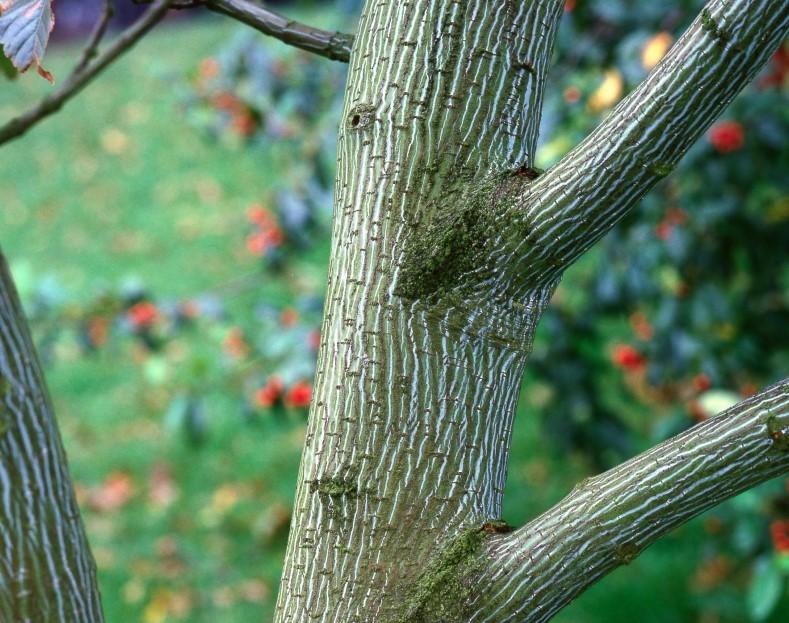
Katsura
Walking a bit further into the Arboretum we find the katsura tree which gives off a distinctive and sugary scent like candyfloss as the leaves begin to turn. Originating in the native forests of Japan and China, the UK version is largely ornamental. The leaves which are pink in the spring, turn to green during summer and then to a wide range of yellows and scarlets in the autumn.
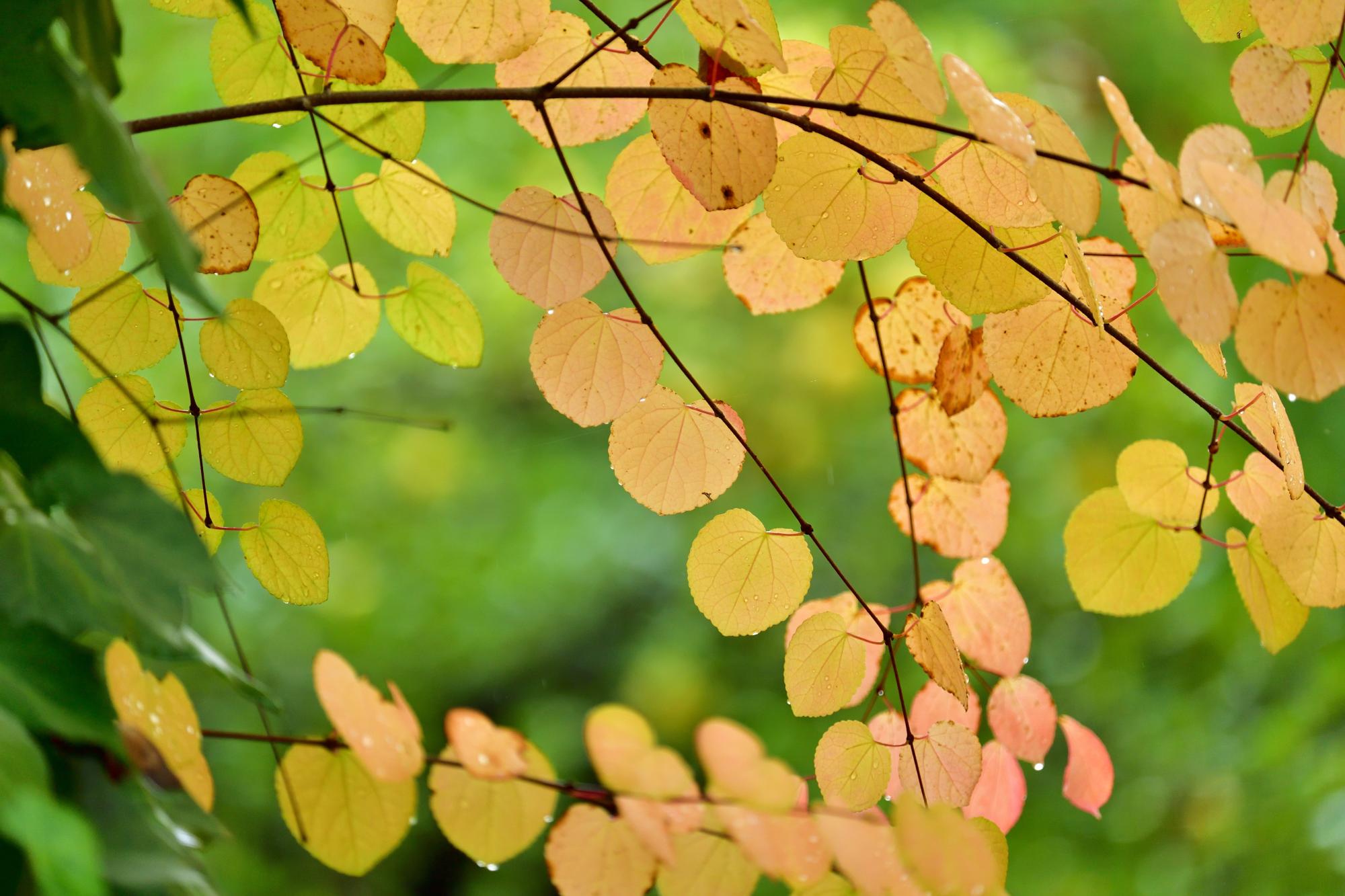
Gingko biloba
The Far Eastern theme continues as one encounters the Ginkgo trees which is the oldest known living species dating back 250 million years – a living fossil! It was found extensively in China where it was cultivated in temple and palace gardens, then introduced to Europe early in the 18th Century. Its leaves turn a brilliant amber in autumn, but you must be quick to see them. Once they start to turn, they have normally fallen within two weeks.

Wild service tree
This is one of the rarest of Britain’s native trees even though in earlier times it was much more widespread. Although its leaves can often be mistaken for a maple, it actually belongs to the Sorbus genus. The leaves turn a stunning red through to yellow colour in the autumn. The bark peels off in rectangular strips producing a chequered effect, supposedly the derivation of pubs called “the Chequers”! Its fruit used to be sold in parts of the UK as a cure for colic or dysentery.
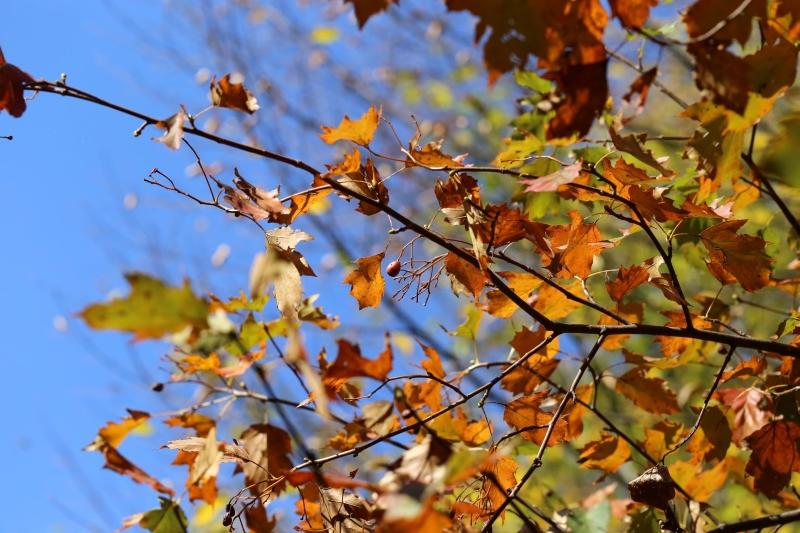
Northern Chinese red birch
The Northern Chinese red birch is also a rare and distinctive inhabitant of the Arboretum. It is one of the many different species of birch, but not normally known for growing to the height found here. It is the red colouring of the bark which sets it apart. Often grown as an ornamental tree it forms an attractive component of the Arboretum and looks very pretty when the leaves are in autumn colours.
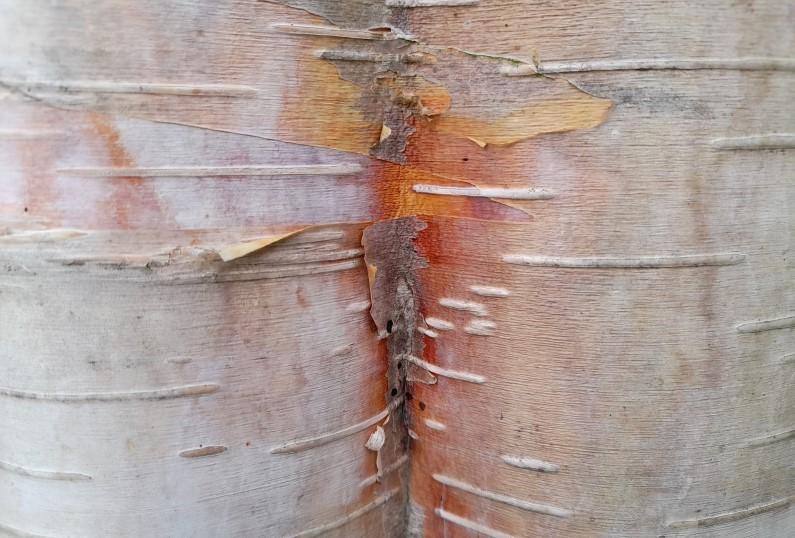
Smoke tree
The colouring of the smoke tree is different again. When in full bloom, they have red feathery flowers that make the tree look like a puff of smoke, then in autumn the leaves turn a stunning deep red. It is for this reason that people have smoke trees in their shrub borders, or as a pretty patio or accent tree in a front garden.
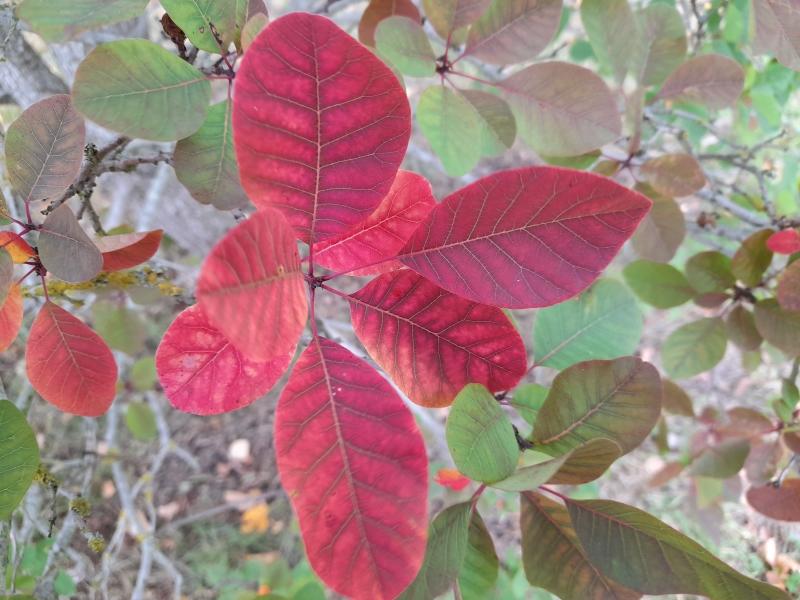
London Plane
Not quite as spectacular, but still an important addition, is the London plane. So-called because they could survive the soot-laden atmosphere of cities, it has shiny leaves which are easily washed clean by rain and turn an orange-yellow in the autumn. Particularly fascinating is the bark that sheds in large patches, creating a green and cream camouflage pattern which is exposed once the leaves have fallen at this time of year.
A hybrid between the western or American plane and the eastern or oriental plane, it was first described in 1670 from a specimen growing in Oxford Botanic Gardens. The wood is hard and fine-grained, resembling that of beech.
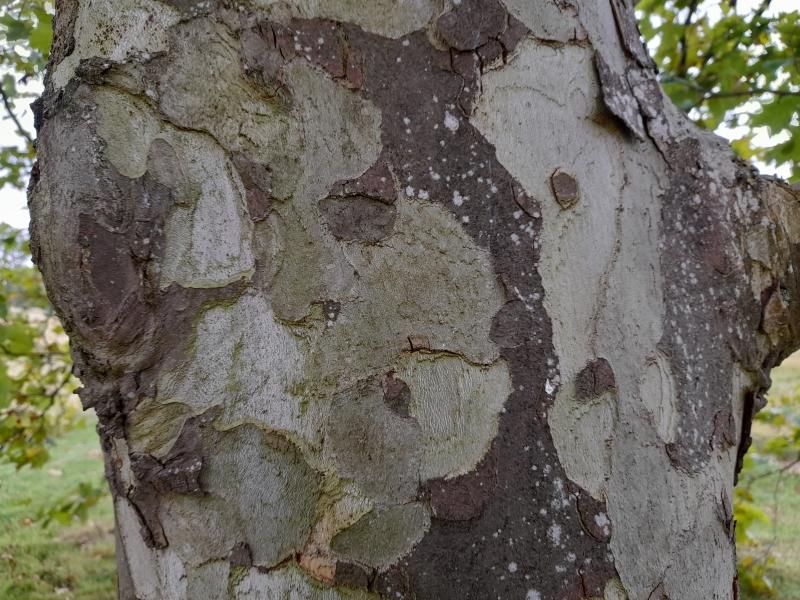
Acers and Maples
Finally in this brief tour of the 639 different species of tree to be found in the Arboretum are the Acers (pictured) or Maple trees. Further related species to the Snake bark maple identified at the beginning of this article, they present a stunning range of autumn colours; yellows, browns and golds, which serve to create a brilliant carpet of leaves as the year moves towards its close.
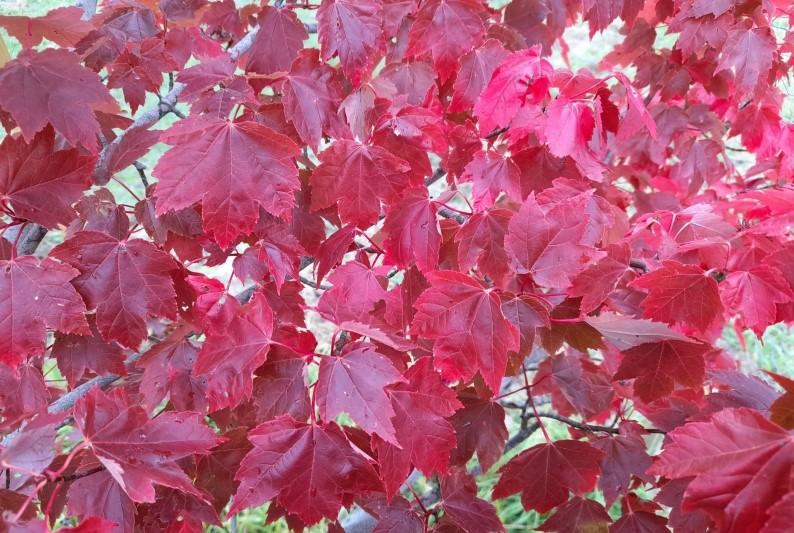
Visit the Arboretum
Now is a great time of year to visit the arboretum as the trees are putting on their most spectacular display, why not take a stroll that follows the Founder’s Walk from Dorothy’s Wood car park and see for yourself?



